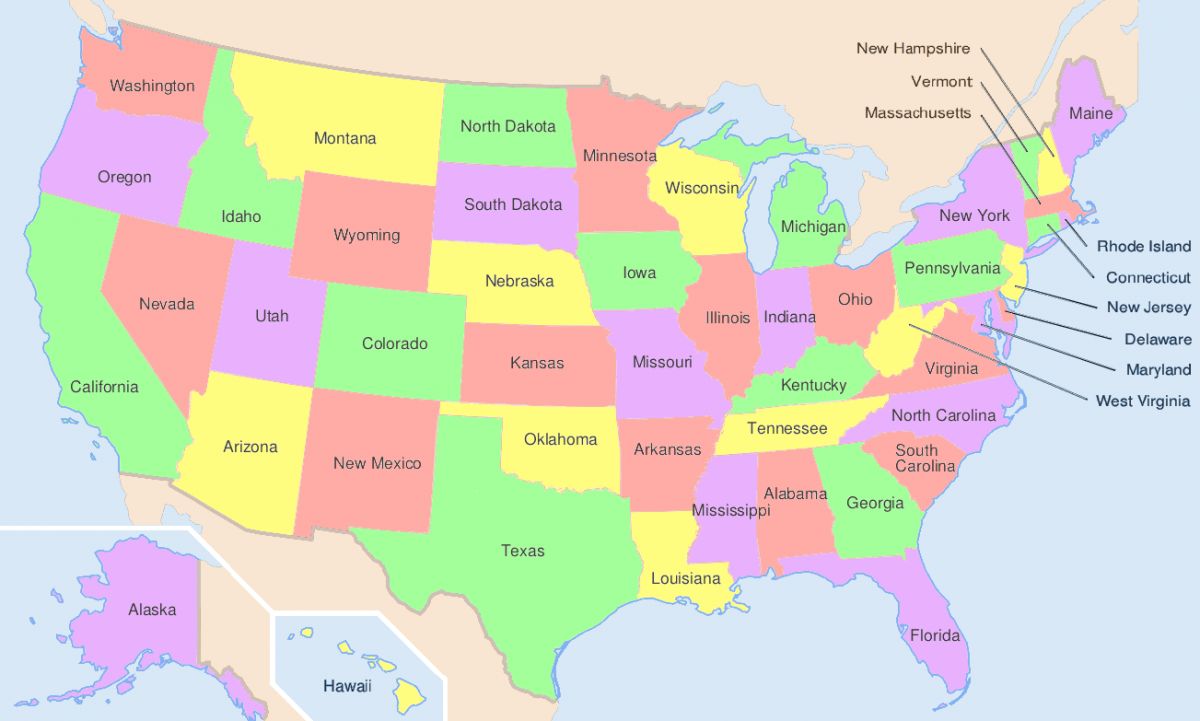Abbreviation for "American Viticultural Area" (also "Approved Viticultural Area"), the appellation system commonly used in the USA. It was introduced at the insistence of Californian grape growers in particular. This was because the classification system by climate zone developed in California in the 1940s had proved to be inadequate. From 1970 onwards, all US states were analysed by the then BATF (now TTB = Alcohol and Tobacco Tax and Trade Bureau) on behalf of the US federal government with regard to their geographical characteristics. This included, for example, the suitability of certain regions for a particular grape variety. In 1978, some geographical areas were then classified for the first time, creating the conditions for an origin system based on the French Appellation d'Origine Protégée. The first systems, which were still very inconsistent, were based on political state or county borders.

First AVA area Augusta/Missouri
Surprisingly, the first area classified as an AVA was not in California, but in 1980 in Augusta, Missouri. A regulation valid for all states was then enacted in 1983. New AVA areas must be applied for and approved by the TTB authority. Today, the areas are defined according to climatic and geographical boundaries. A relatively high level of bureaucracy is required for the authorisation of a new AVA area. However, the economic benefit is rather low. This is why the AVA system has not yet managed to gain widespread recognition in the USA. Unfortunately, the term AVA does not even appear on the bottle label.
AVA regulations
By European standards, there are quite simple or very few requirements. As a rule, there are no regulations regarding grape varieties, training systems, maximum yields or cellar technology. However, quality-conscious producers naturally pay attention to reduced yields and other quality criteria for their top products. If a grape variety is named, the wine labelled as varietal must consist of at least 75% of this variety. At least 85% of the grapes must come from the AVA area specified on the label. California is an exception to this rule, as it must be 100%. If a site (vineyard) is named, at least 95% of the grapes must come from there. When specifying a vintage, at least 95% must come from that year. Enrichment with sugar to increase alcohol and acidification are generally permitted. The latter is often used in warmer regions.
AVA hierarchy
The AVA hierarchy is organised in a nesting system, which in extreme cases can consist of up to eight levels. At the top is the state (e.g. California), followed by the regions (e.g. North Coast and Central Valley) and then the counties (e.g. North Coast Napa and Sonoma). The counties are usually divided into several AVA areas, quite a few of which extend across county borders. An AVA area can in turn be subdivided into sub-areas and these in turn can also be subdivided. All 50 US states and their counties are recognised by law as regions of origin. The all-encompassing AVA "American States" or "United States" is a blended or varietal wine made from grapes or wines from the entire United States, including the Commonwealth of Puerto Rico.
Multi-state AVAs
Multi-state AVAs span two or more states. For example, the three states of New York, Ohio and Pennsylvania share the Lake Erie AVA and the four states of Indiana, Kentucky, Ohio and West Virginia share the Ohio River Valley AVA, which covers a huge 64,000 square kilometres. The smallest AVA is Cole Ranch in Mendocino County, California, with only 25 hectares. There are a total of 258 AVAs in 34 states. Of these, 142, or over 50%, are located in California (as of 2021).
Map: CC BY-SA 3.0, Link
Voices of our members

The wein.plus encyclopaedia is a comprehensive, well-researched reference work. Available anytime and anywhere, it has become an indispensable part of teaching, used by students and myself alike. Highly recommended!
Dominik Trick
Technischer Lehrer, staatl. geprüfter Sommelier, Hotelfachschule Heidelberg